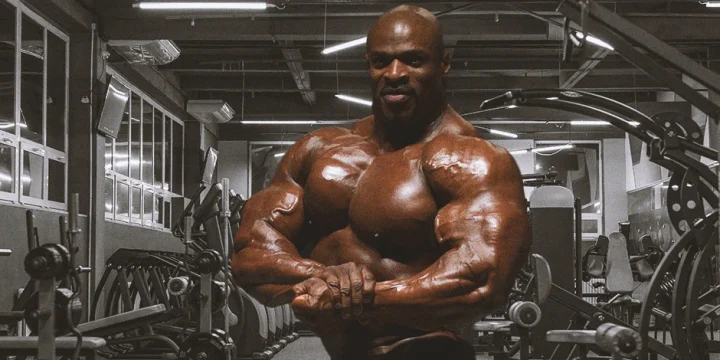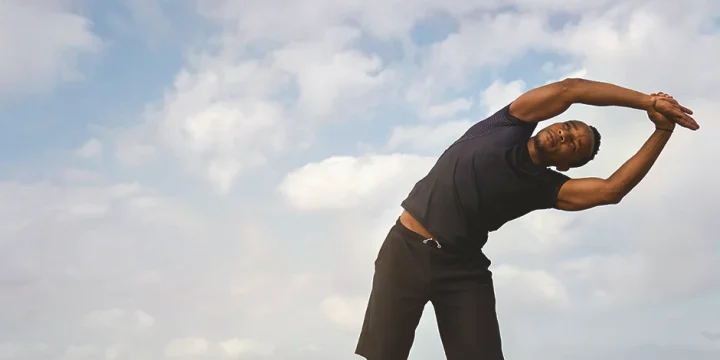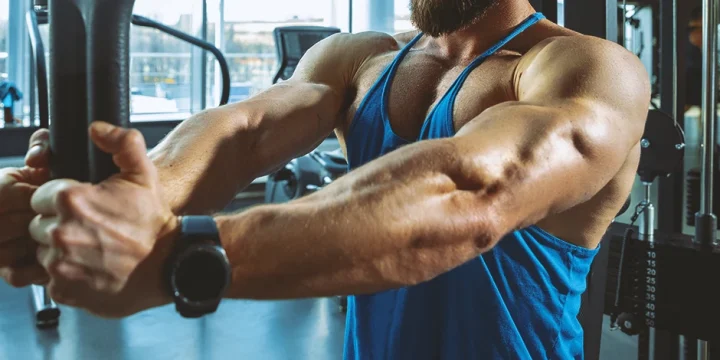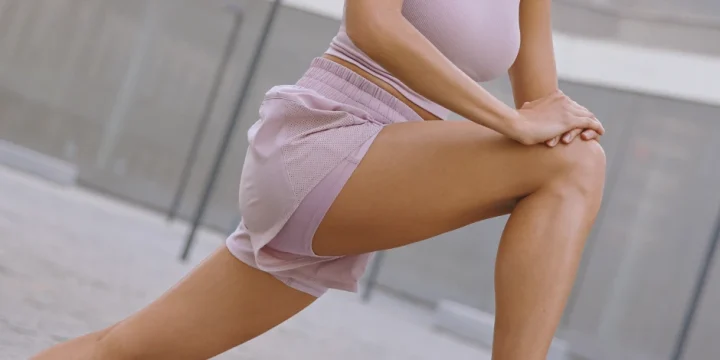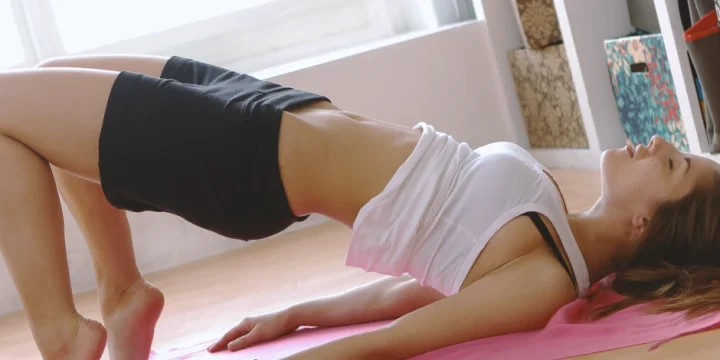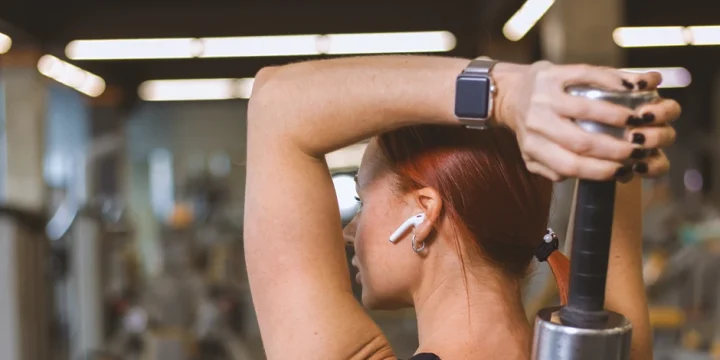Arms and shoulders training days are among my favorites. However, many overlook the importance of stretching their arms before and after lifting weights.
As a fitness trainer for many years, I've found that one of the simplest stretches for the upper arm is the overhead triceps stretch, and when you do it right, it can become one of the easiest ways to reduce sore muscles.
To help show our readers how to do it properly, I delved into a week of research to uncover steps for correct execution and got a physiotherapist to help with some advice.
Quick Summary
- To perform an overhead triceps stretch for tightened arms and muscles, start by standing or sitting straight and raising one arm overhead while bending the elbow.
- The overhead triceps stretch has the key benefits of helping relieve muscle pain and preparing muscles for training.
- A study from the National Institute of Health revealed that individuals who engaged in overhead triceps stretches experienced a 40 percent increase in triceps growth compared to those who performed tricep pushdowns.
- As a fitness trainer, I always recommend the overhead triceps stretch as a static stretch to avoid the risk of shoulder injury and suggest complementing workouts with proper supplements.
How To Do Proper Overhead Triceps Stretch

To perform the overhead triceps stretch correctly, follow these 5 steps to avoid common issues and maximize effectiveness:
Step 1: Start by standing tall with your left arm straight above your head.
Step 2: Bend your left arm, bringing your forearm behind you, palm facing your shoulder beside your head.
Step 3: Place your right hand on your left elbow, gently pulling it backward until you feel the triceps stretch.
Step 4: Hold for 10-15 seconds, then bring your right arm back beside your body, and lower the left arm.
Step 5: Shake out your left arm, then repeat the process with the right arm.
In my experience as a fitness trainer, I've found that going through these steps two or three times really amps up the effectiveness of the stretch for my clients.
When Is The Best Time To Stretch Your Triceps?
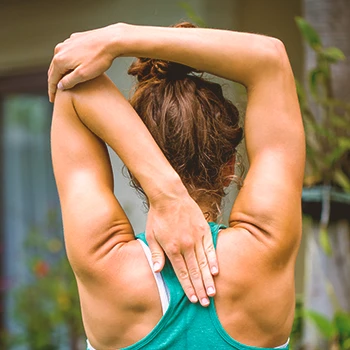
The best times for the overhead triceps stretch are just before and after your upper arm workouts. This stretch not only loosens joints and warms up muscles but also releases tension, particularly from exercises like triceps extensions.
If you have a desk job, incorporating the stretch a few times a day is beneficial, promoting posture awareness and reducing stiffness. It’s something that health and safety officers in large companies recommend for all workers, according to research from UC Santa Cruz [1].
What Are The Benefits?

The main benefits associated with the overhead triceps stretch come down to relieving muscle pain and warming up muscles for training.
1. Prepare Muscle For Training
Incorporating the overhead triceps stretch before engaging in arm exercises like bench presses, lat pulldowns, or triceps extensions helps activate and loosen the muscles, promoting blood flow and preparing for training. Research from the National Institute of Health suggests stretching contributes to stability in resistance training [2].
2. Relieve Muscle Pain
Including the overhead triceps stretch in your cooldown routine, especially after intense upper arm workouts, can help alleviate muscle pain. If your muscles feel burning and sore post-session, these simple stretches can significantly enhance blood flow and aid in recovery.
“The main function of the triceps is to extend the forearm at the elbow joint to straighten the elbow. Extension, or straightening, of the elbow, is a necessary everyday movement needed for reaching, getting dressed, and pushing off from armrests to stand up from a chair. ”
- Oluseun Olufade, MD
Also Read: How to Build Lean Muscle?
Variations of the Overhead Tricep Stretch
The overhead tricep extension offers various adaptable variations based on individual preferences and equipment availability. Here are some options to consider:
Seated Variation: Perform this exercise while sitting, providing an alternative to the traditional standing position.
Single Dumbbell Variation: Use a single dumbbell to introduce a slight angle variation in the movement. Stabilize the upper arm by utilizing the opposite hand, ensuring controlled and effective execution.
Resistance Bands Variation: Perform the exercise using resistance bands by standing on the band or anchoring it to a door handle. Note that this substitution alters the exercise's angle, providing a different feel to the movement.
Cable Machine Variation: Use a cable machine for the overhead tricep extension. Adjust the cable pulley's height to customize the exercise.
In my experience as a fitness trainer, I often recommend clients to customize the cable machine for a smoother return to the starting position. I suggest setting the pulley to half or three-fourths of their height, which reduces the distance the weight needs to travel overhead.
FAQs
What Does Overhead Triceps Stretch Target?
The overhead triceps stretch directly targets the triceps muscle at the back of your upper arm. These are long muscles that connect your shoulders and elbows and play a key role in straightening out your arm.
How Long Should I Hold A Tricep Stretch?
You should hold an overhead triceps stretch for about 10 to 15 seconds. It’s ok to repeat the upper arm stretch a few times, but I wouldn’t recommend holding the stretch for longer to avoid doing damage.
References:
- https://ehs.ucsc.edu/programs/ergo/stretch.html
- https://www.ncbi.nlm.nih.gov/pmc/articles/PMC4326506/
About The Author
You May Also Like
